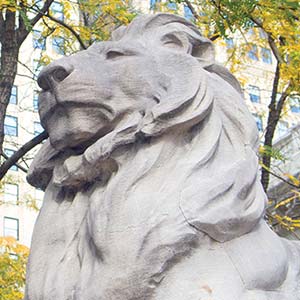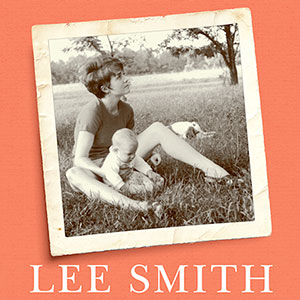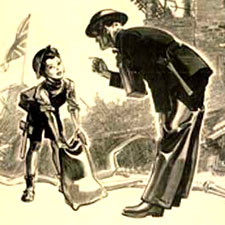
An Evening with Seymour Hersh, Pulitzer Prize-Winning Journalist
Since first coming to prominence with his Pulitzer Prize-winning reporting on the My Lai massacre and its subsequent cover-up during the Vietnam War, Seymour “Sy” Hersh has remained one of our nation's most important investigative journalists. Hersh recently published his tenth book, Reporter: A Memoir, in which he reflects on his long career as a journalist, shares behind-the-scenes accounts of the people and events who were central to his most important stories, and reminds us again of the vital importance of a free press.








